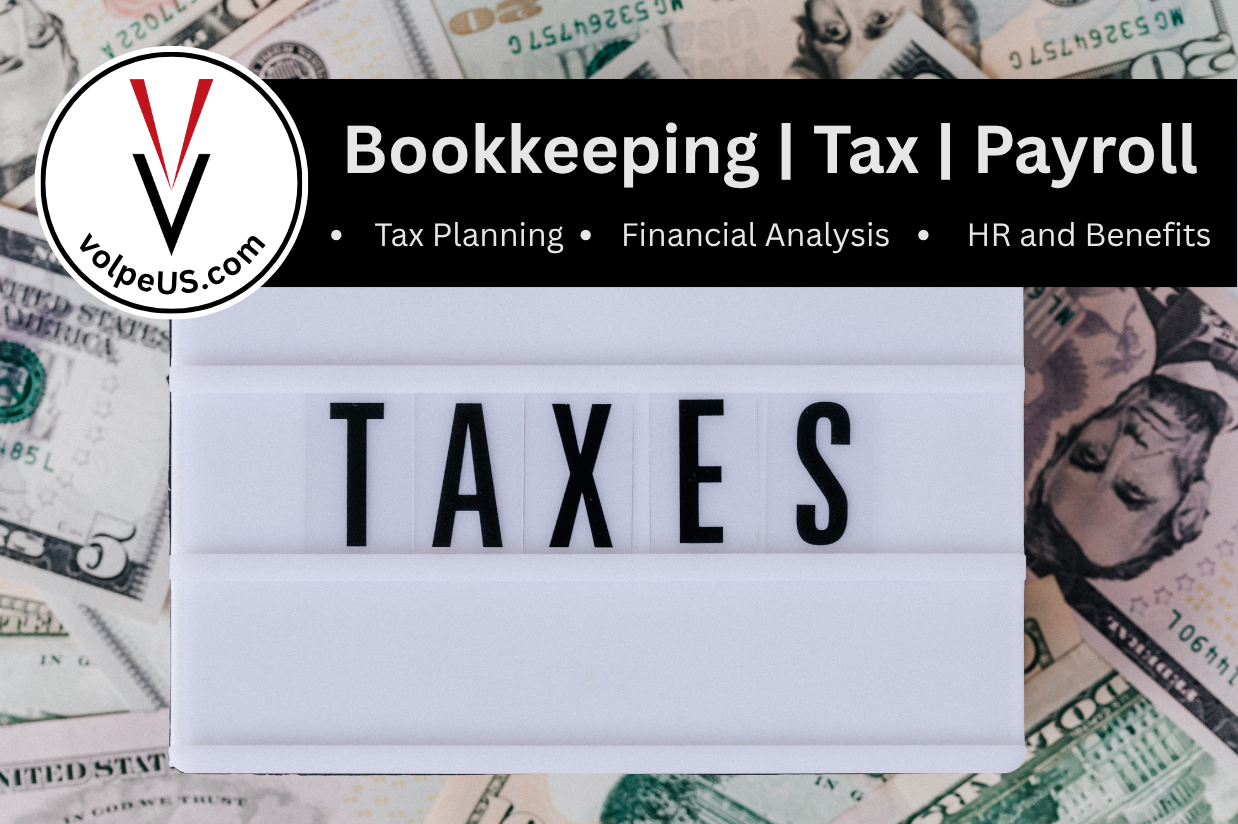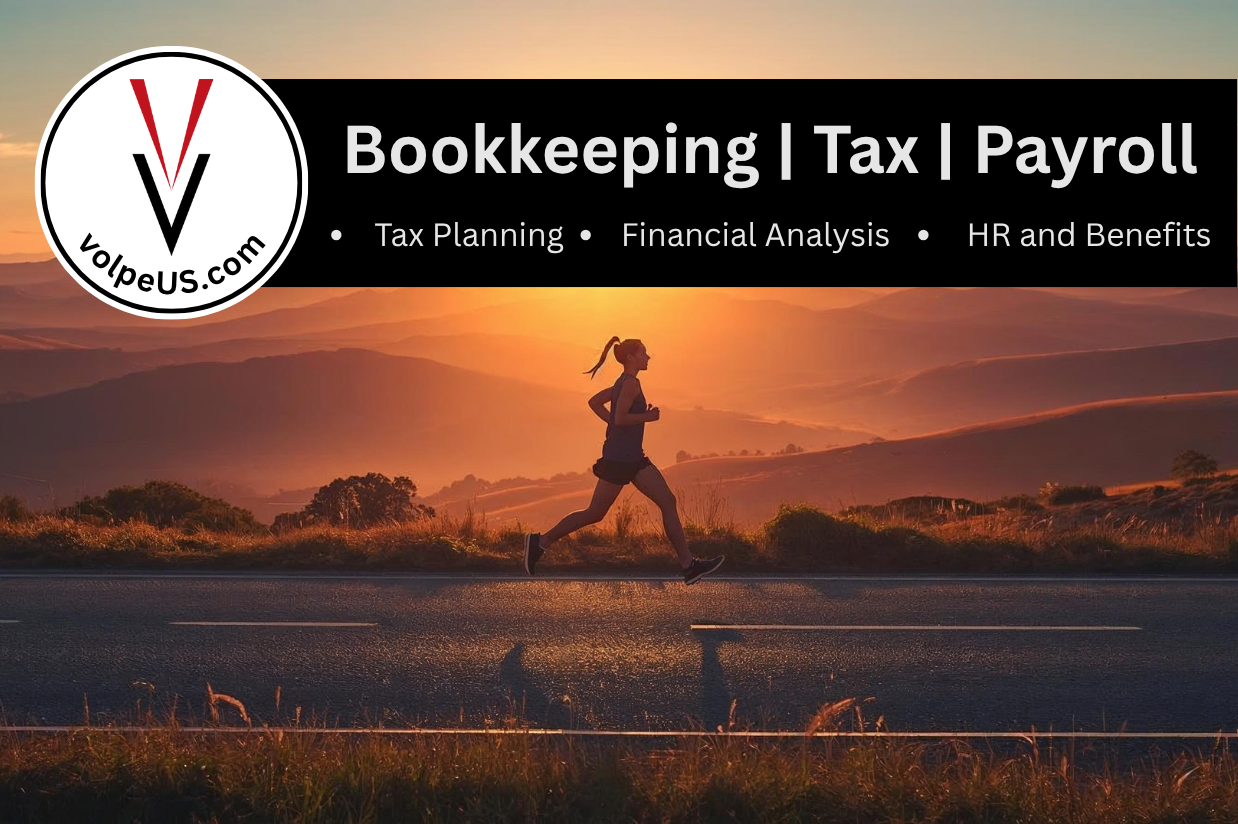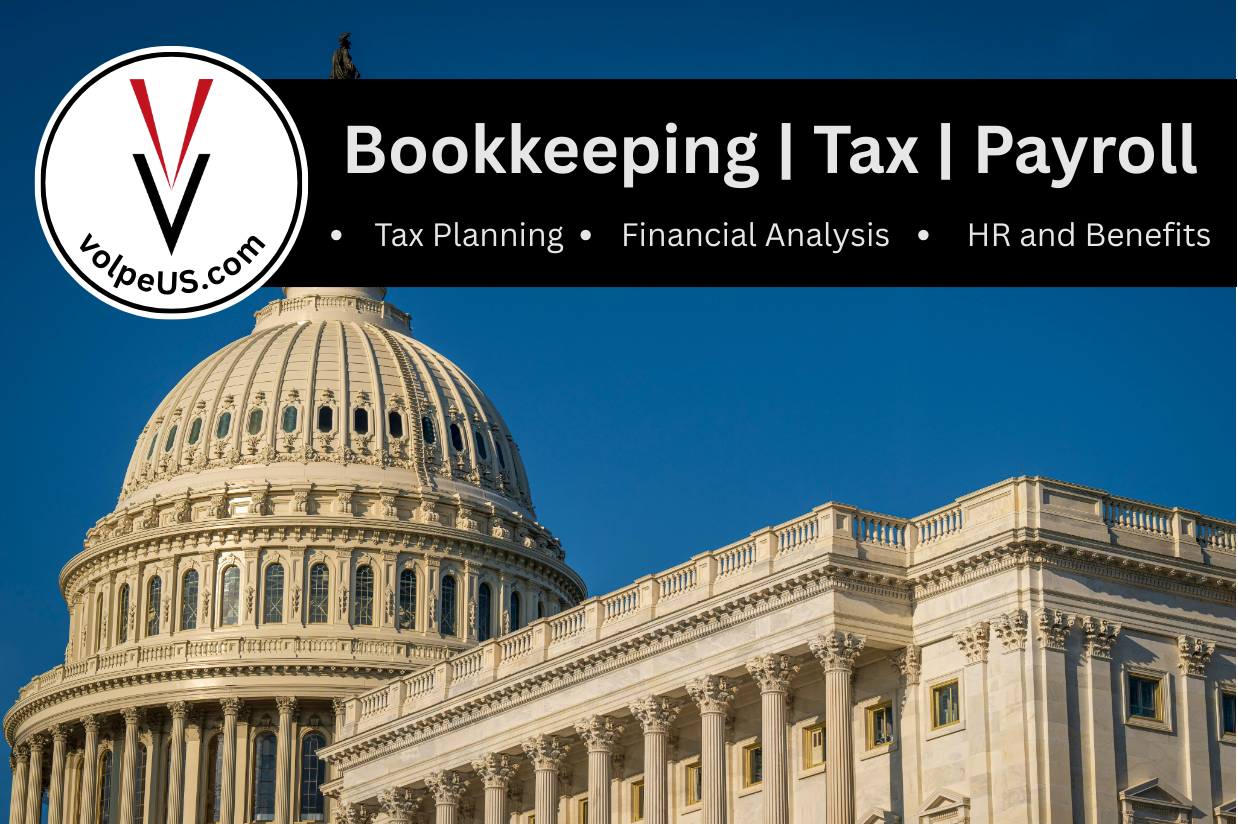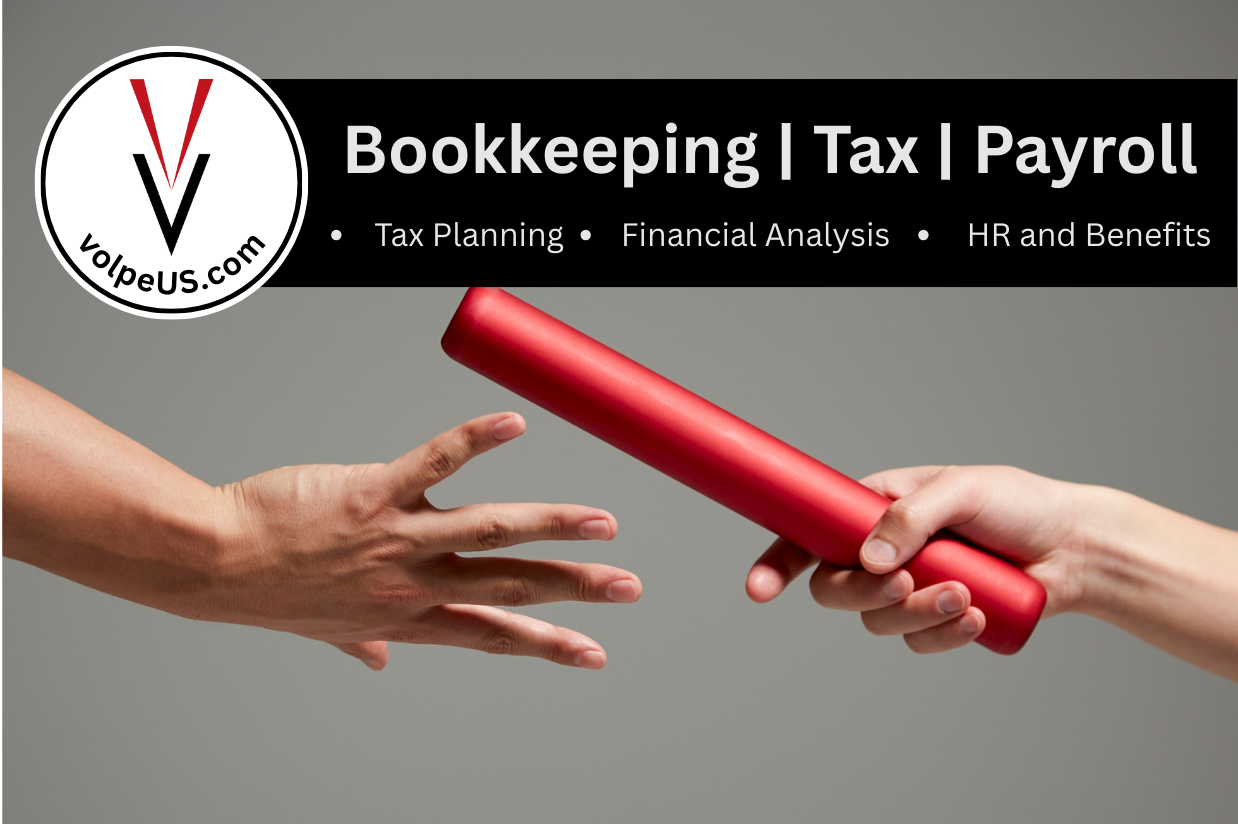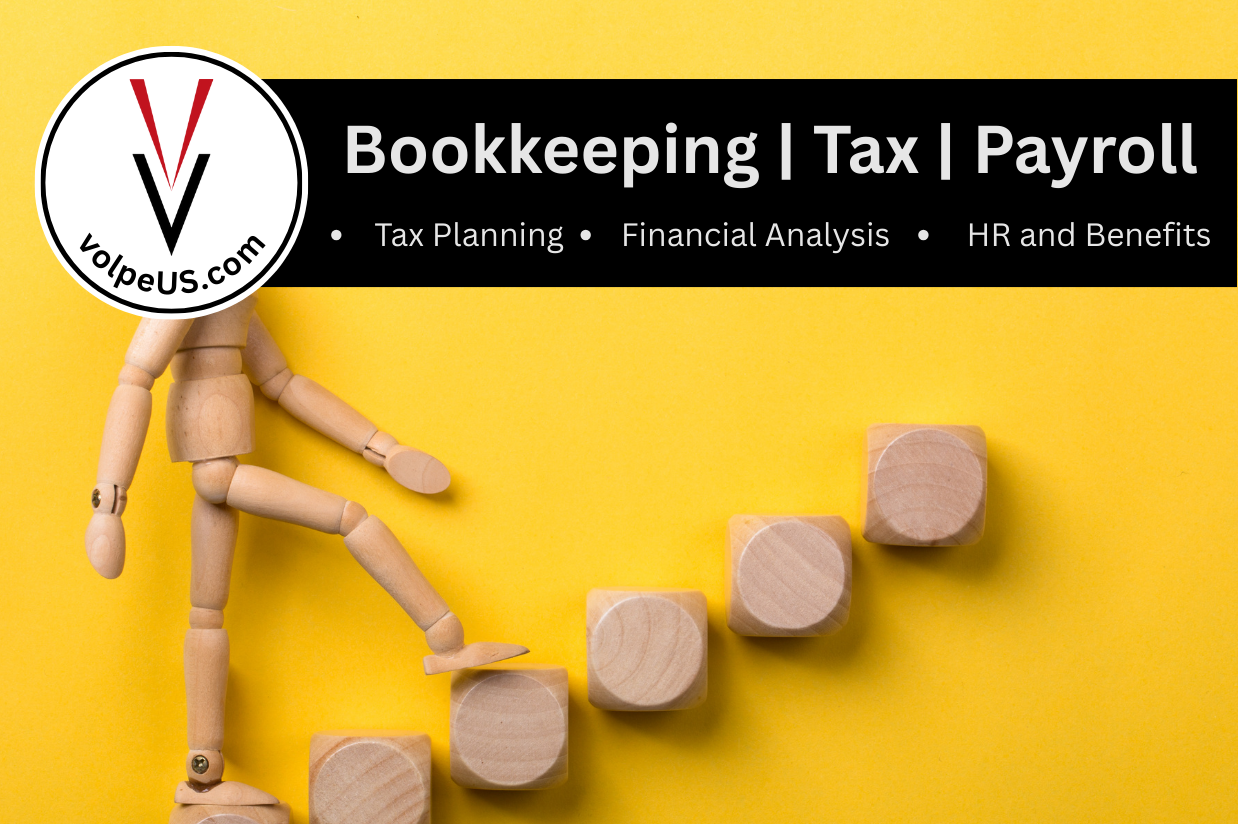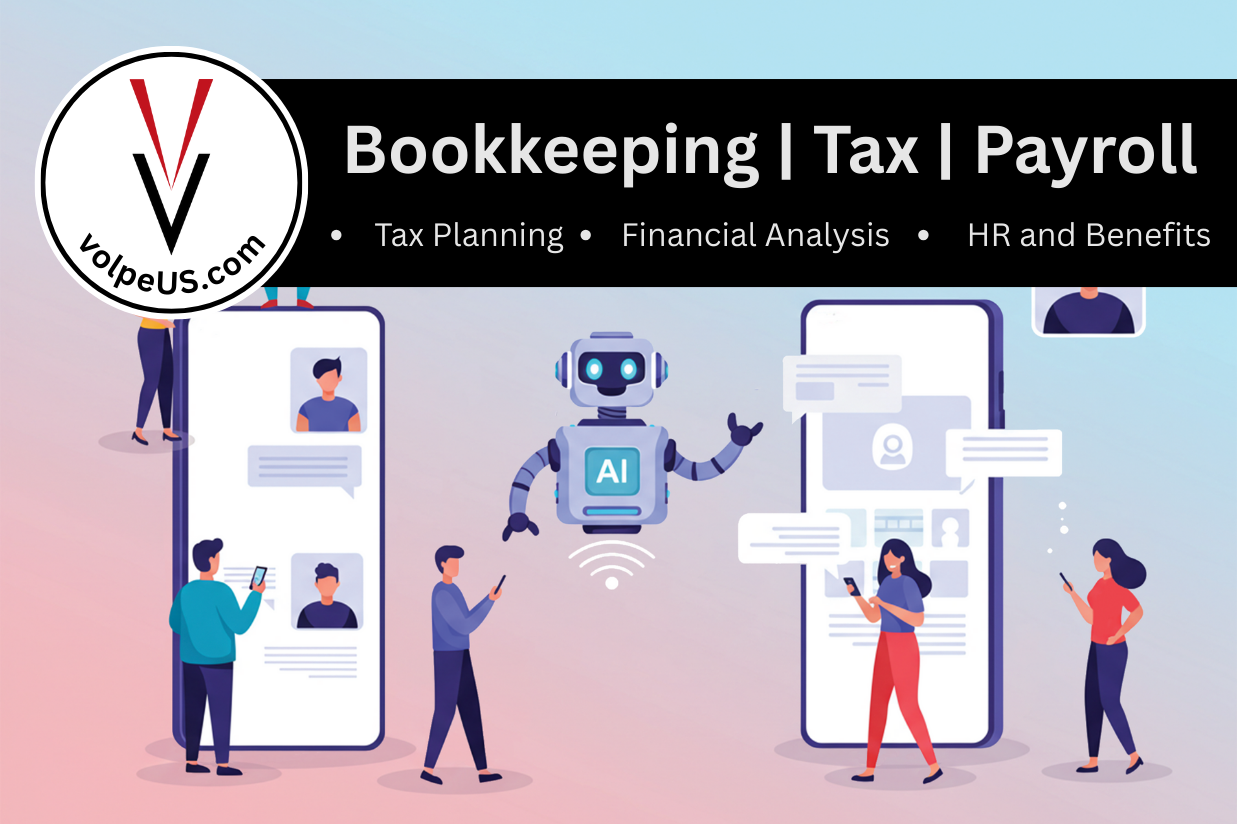Jump to a Specific Section
Understanding the Employee Retention Credit (ERC) Rules for Large Employers
The Employee Retention Credit (ERC) is a valuable tax benefit designed to help businesses that retained their employees during the COVID-19 pandemic. However, navigating the ERC rules can be challenging, particularly for large employers. This guide aims to demystify the ERC rules specifically related to large employers, covering eligibility requirements, definitions, qualified wages, and the key distinctions between the 2020 and 2021 rules.
Key Points
- 2020 Large Employer = More than 100 Full-Time Employees in 2019
- 2021 Large Employer = More than 500 Full-Time Employees in 2019
- As a large employer, only wages paid to employees not working qualify for the ERC
What is the Employee Retention Credit (ERC)?
The ERC is a refundable tax credit available to eligible employers who continued to pay their employees during the COVID-19 pandemic, even if their businesses were affected by government restrictions or a significant decline in revenue. The credit is calculated based on “qualified wages” paid to employees and is designed to help businesses offset some of the financial burden incurred during the pandemic.
Determining Large vs. Small Employer Status for ERC Purposes
One of the first steps in understanding the ERC is determining whether your business is considered a “large employer” or a “small employer,” as the rules differ significantly between these two categories:
- 2020 Definition: A “large employer” is an employer that had more than 100 full-time employees on average during 2019.
- 2021 Definition: The threshold for a “large employer” increases to more than 500 full-time employees on average during 2019.
For both 2020 and 2021, if your business does not exceed these thresholds, it is considered a “small employer” under the ERC rules. The distinction between large and small employers affects what qualifies as “qualified wages” for calculating the credit.
How to Determine Full-Time Employees and Full-Time Equivalents (FTEs)
To determine whether your business is classified as a large or small employer, you must calculate the number of full-time employees. You do not need to include full-time equivalents (FTEs).
Full-Time Employees:
According to the IRS, a “full-time employee” is an employee who, with respect to any calendar month in 2019, worked at least 30 hours per week or 130 hours in a month.
Determine how many employees fit this description per month, add up these monthly totals for each month in 2019, then divide by 12 to determine the average for the year.
- If the average for the year is over 100, you are considered a large employer in 2020.
- If the average for the year is over 500, you are considered a large employer in 2021.
Full-Time Equivalents (FTEs):
There were originally some questions as to whether or not Full-Time Equivalents counted toward the full-time employee limits in determining classification as a small or large employer. In IRS notice N-21-49, the IRS confirmed that no, you do not have to count FTEs in your small vs. large employer determination.
If you’re curious as to how to calculate FTEs, combine the hours worked by all part-time employees in a month and divide by 120 to determine the total average FTE count. This calculation is relevant to other programs and considerations in the tax code, but it does not apply when it comes to determining small or large employer status in calculating qualified wages for the ERC.
“For purposes of determining whether an eligible employer is a large eligible employer or a small eligible employer, eligible employers are not required to include full-time equivalents when determining the average number of full-time employees.”
IRS Notice N-21-49, Pg. 21
Aggregation Rules for Determining Employer Size
When determining whether a business is a “large” or “small” employer for ERC purposes, the IRS applies aggregation rules. These rules require businesses under common control to be treated as a single employer. Therefore, you must consider the total number of full-time employees across all entities under common control to determine if you meet the large employer threshold.
For example, say you owned two businesses in 2019: Business A had an average of 70 full-time employees, and Business B had an average of 50 full-time employees. You would be considered a large employer for purposes of determining the ERC credit in 2020. In this case, only wages paid to employees who weren’t working within the duration of your eligible period would count toward the calculation of the credit.

What Are “Qualified Wages” for Large Employers Regarding the ERC?
After determining that you were considered a large employer in 2020 or 2021 based on the number of full-time employees and equivalents in 2019, you then need to determine which wages are considered qualified to determine the credit.
The definition of “qualified wages” is one of the most critical aspects of the ERC rules, particularly for large employers. Here’s how the IRS defines qualified wages for large employers:
Qualified Wages Definition for Large Employers:
For 2020, “qualified wages” are wages paid to employees for time that they are not providing services due to:
- A full or partial suspension of the business’s operations due to a government order limiting commerce, travel, or group meetings due to COVID-19.
- A significant decline in gross receipts (less than 50% of gross receipts for the same calendar quarter in 2019).
For 2021, the definition of “qualified wages” remains the same, but the threshold increase to 500 employees for determining a “large employer” makes it less likely that you were considered a large employer in 2021.
Paid Without Providing Services:
Wages are considered “paid without providing services” if they are paid to employees who are not performing their usual duties due to the reasons above. This can include:
Salaries, hourly wages, or other compensation paid during periods of business suspension or significant decline in gross receipts.
Health plan expenses paid or incurred on behalf of the employees during these periods, even if the employees are not actively working.
They are essentially wages paid just to keep employees on payroll even if they cannot work during the eligible period.
Related: Understanding the New ERC-VDP
Can Wages Be Qualified for the Same Employee in Both 2020 and 2021?
Yes, wages paid to the same employee can be considered “qualified wages” in both 2020 and 2021, but this depends on meeting the eligibility criteria for each respective year:
- 2020: Wages paid during periods of non-service due to a full or partial suspension of operations or significant decline in gross receipts qualify for the ERC.
- 2021: The same principle applies for the first and second quarters, provided the employer meets the criteria (i.e., a “large employer” with more than 500 employees and affected by government orders or revenue declines).
If an employer meets these criteria in both years, wages paid to the same employees can be considered qualified for the ERC in both 2020 and 2021 separately.
Maximum Employee Retention Credit Amount for Large Employers
The ERC provides different credit amounts for 2020 and 2021:
- For 2020:
- The ERC equals 50% of qualified wages (including allocable health plan expenses), up to $10,000 per employee for the entire year. Thus, the maximum credit is $5,000 per employee for 2020.
- For 2021:
- The credit amount increases to 70% of qualified wages (including allocable health plan expenses), up to $10,000 per employee per quarter. Therefore, the maximum credit is $7,000 per employee per quarter.
Note on Q3 and Q4 2021:
- Q3 2021: The ERC rules for large employers continue to apply in Q3 2021. Large employers (those with more than 500 employees) can claim the credit for wages paid to employees who are not providing services due to a government order or a significant decline in gross receipts.
- Q4 2021: The ERC can be claimed for Q4 2021 only by “recovery startup businesses,” which are defined as businesses that began operations after February 15, 2020, and have average annual gross receipts of less than $1 million. These businesses can claim the ERC for all wages paid, regardless of whether the employees are providing services.
- Therefore, large employers are generally not eligible for the ERC in Q4 2021 unless they meet the criteria of a “recovery startup business.”
Clarification on Wage Limitation Rules for Large Employers
The IRS placed certain limitations on qualified wages for large employers in 2020, which were subsequently relaxed in 2021.
2020 Limitation:
- For 2020, qualified wages could not exceed what the employee would have been paid for working an equivalent duration during the 30 days immediately preceding:
- The commencement of the full or partial suspension of business operations, or
- The first day of the calendar quarter in which the business experienced a significant decline in gross receipts.
- This rule was intended to prevent employers from inflating wages beyond normal pay rates to maximize their credit.
- For 2020, qualified wages could not exceed what the employee would have been paid for working an equivalent duration during the 30 days immediately preceding:
2021 Removal of Limitation:
- For each eligible quarter of 2021, this limitation was removed. Employers could consider all wages paid during eligible periods without worrying about comparing them to pre-pandemic pay rates.
Documentation and Compliance Requirements for Large Employers
Large employers must maintain detailed documentation to substantiate their ERC claims, including:
- Records showing the average number of full-time employees in 2019.
- Evidence of any full or partial suspension of operations due to government orders or a significant decline in gross receipts.
- Proof of wages paid to employees during periods when they were not providing services, including health plan expenses.

What to Do If You Made an Invalid ERC Claim
After reading all the in’s and out’s of how the ERC applies to small employers and large employers differently, if you know or suspect that you submitted an improper claim, you have options to rectify it. The Employee Retention Credit Voluntary Disclosure Program (ERC-VDP) is available until November 22, 2024. This program is for business owners who made an improper claim, have already received their refund check, and wish to pay it back to avoid penalties and reduce audit risk. You can read more about this program in our previous blog post here.
The other option is the withdrawal program, which allows you to withdraw your ERC claim if it is still pending and you have not yet been sent either a refund check or a rejection letter. More on that below.
ERC Claim Withdrawal Program
For businesses that have pending ERC claims that have not yet been processed, the IRS offers a separate program to withdraw these claims without incurring penalties or interest.
Purpose: The ERC Claim Withdrawal Program is designed for businesses that want to remove unprocessed ERC claims. This is particularly relevant for those who have reconsidered their eligibility after filing and want to avoid future complications.
Who Can Apply: The program is available to businesses whose ERC claims are still pending or those who received a refund check but have not yet cashed it. However, this program does not apply to businesses whose claims have already been processed and paid.
Withdrawal Process:
- Marking the Claim: Businesses must file a new amended return and write “Withdrawn” on the left margin of their adjusted return (Form 941-X, 943-X, 944-X, or CT-1X).
- Submitting the Request: The signed withdrawal request must be faxed to the IRS’s ERC claim withdrawal fax line or mailed to the appropriate address. If a refund check has been issued but not cashed, it should be marked “Void” and returned with the withdrawal request.
Critical Reminder: Businesses that used a professional payroll company to file their ERC claim must coordinate with that company to withdraw the claim.
Unsure If You’re a Large Employer?
Understanding the ERC rules for large employers is crucial for maximizing this valuable credit. The distinction between large and small employers affects the definition of qualified wages, the calculation of the credit, and the documentation required to substantiate your claim. By carefully reviewing the guidelines and ensuring compliance with IRS rules, large employers can effectively leverage the ERC to offset some of the financial burdens incurred during the pandemic.
If you believe your business may qualify for the ERC, consult with a tax professional to ensure that you are taking full advantage of this opportunity while adhering to all applicable rules and regulations.
With any questions on large employer implications for the ERC or any other ERC questions, don’t hesitate to contact us at


